
We can’t dig up a conversation, but we can study the hints language left behind. Tools and brain shapes all tell parts of the story. It’s not clear-cut, but it’s still unfolding. Let’s explore where human speech might have started and how the earliest voices began to shape the world.
How Human Anatomy Enabled Speech

Human speech began with the body adapting in quiet, remarkable ways. The larynx moved lower to create space for a longer vocal tract. At the same time, a nimble tongue and flexible lips allowed crisp sounds. Neanderthals had the right hyoid bone, while controlled breathing made speech smoother.
The Speech Gene That Set Us Apart
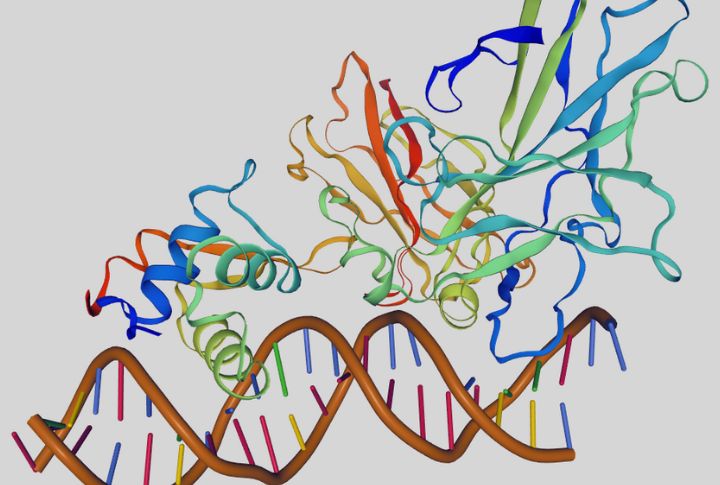
Roughly 200,000 years ago, something unusual unfolded in human DNA. A mutation in the FOXP2 gene boosted control over speech-related movements. Children with FOXP2 mutations today often face language struggles. This same gene was found in other hominins, which hints at their potential for spoken expression.
Where Language Exists In The Brain
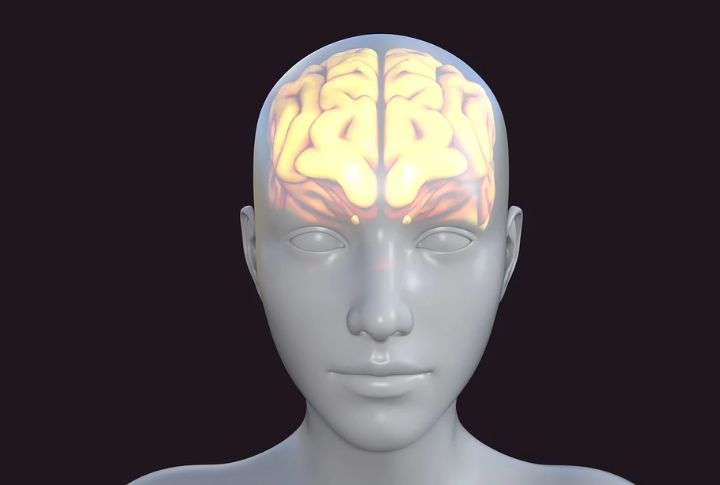
The human brain holds specialized areas for language. Broca’s area controls speech production, while Wernicke’s focuses on comprehension. Both sit in the brain’s left hemisphere. Fossil evidence from Homo erectus shows early development. Damage to either area today results in distinct language or speech impairments.
Did Homo Heidelbergensis Have A Voice?
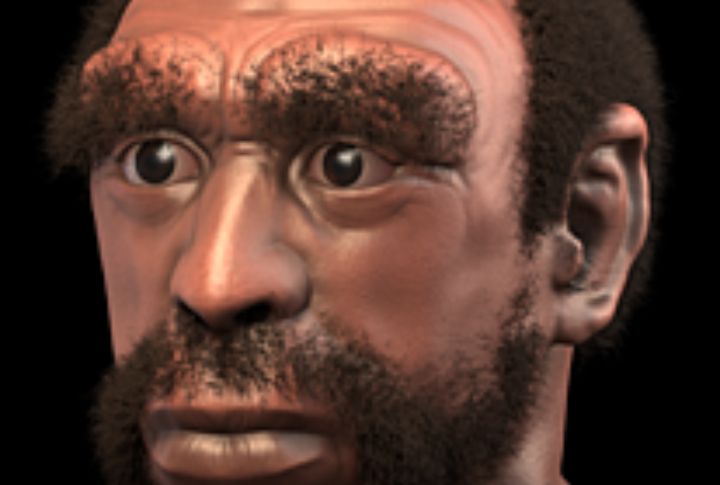
Their voices may be long gone, but the clues remain. The cranial base in Homo heidelbergensis matched ours, and this shaped a familiar vocal tract. Their ear bones picked up speech-like frequencies. Since they likely lived in tight social groups, scientists suspect spoken language was part of daily life.
Symbolic Thinking Before Spoken Words
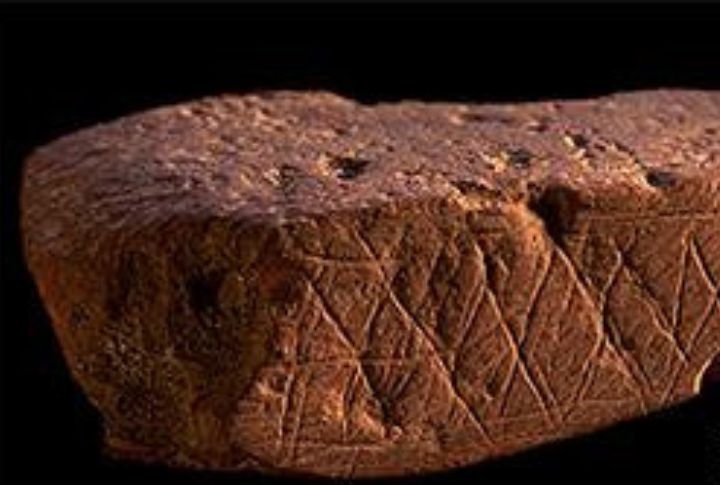
Words weren’t our first tool for meaning. At Blombos Cave, red ochre appeared nearly 100,000 years ago. Carvings and beads suggest early abstract thinking and group identity. People were buried with symbolic goods, which points to a mind that grasped reference and meaning, even without saying anything aloud.
Why Gestures May Have Come First

Before words took shape, the body did the talking. Apes today still use over 60 clear gestures to share intent. Human brains light up in the same spots for both gestures and speech. Since hands evolved precision first, many experts believe speech emerged from physical signs.
Clues From Neanderthal Communication
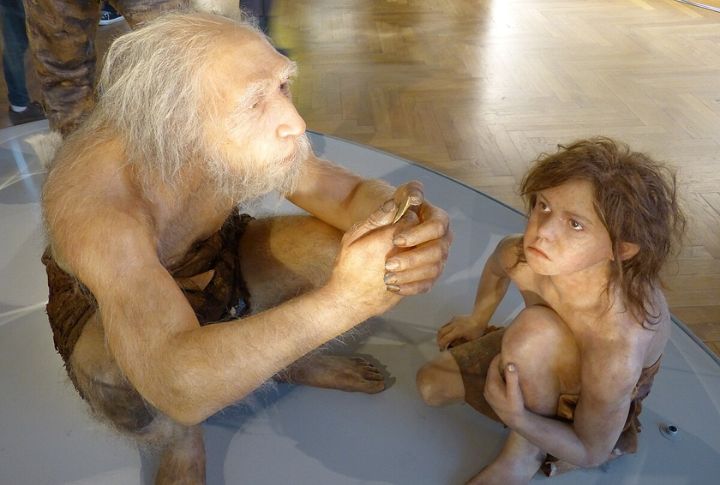
Scientists believe Neanderthals picked up speech-like sounds, thanks to the shape of their ear canals. Hearths suggest they lived in social settings, and evidence of organized hunting shows teamwork. When combined with symbolic behavior, this evidence paints a richer picture of how they may have shared information.
The Mental Leap To Structured Grammar

Naming alone didn’t spark full language. Real breakthroughs came when ideas could link and expand through structure. Humans use syntax to form endless thoughts, and sign languages develop grammar too. As children grow, they create rules naturally, a revelation of how the brain is primed for early language learning.
What Pushed Us To Start Talking

At some point, survival demanded more than grunts and gestures. Grooming bonded small groups, but larger tribes needed faster ways to stay close. Speech made it easier to plan hunts and share knowledge. Changing environments made talking the most efficient tool for staying connected and prepared.
The Origin Of Speech Remains A Mystery
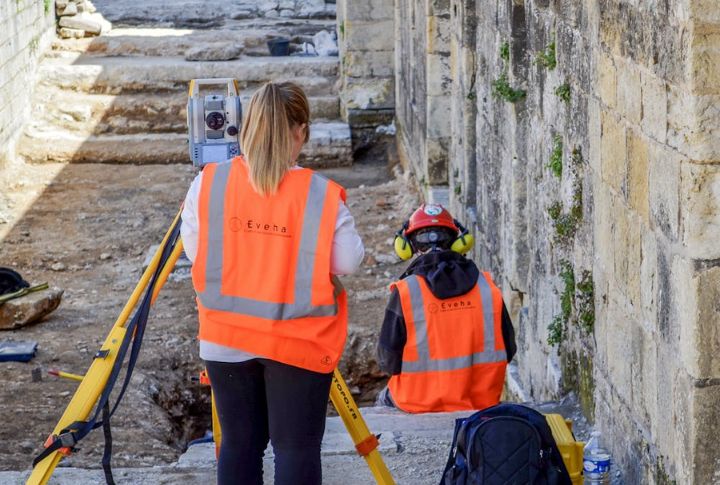
Speech leaves no fossils. Soft tissues like vocal tracts vanish, and DNA offers proof but not structure. Archaeology hints at possibilities, though it seldom provides certainty. Because competing theories—from gestures to music to social bonding—still spark debate, language’s true birthplace remains just out of reach for now.

